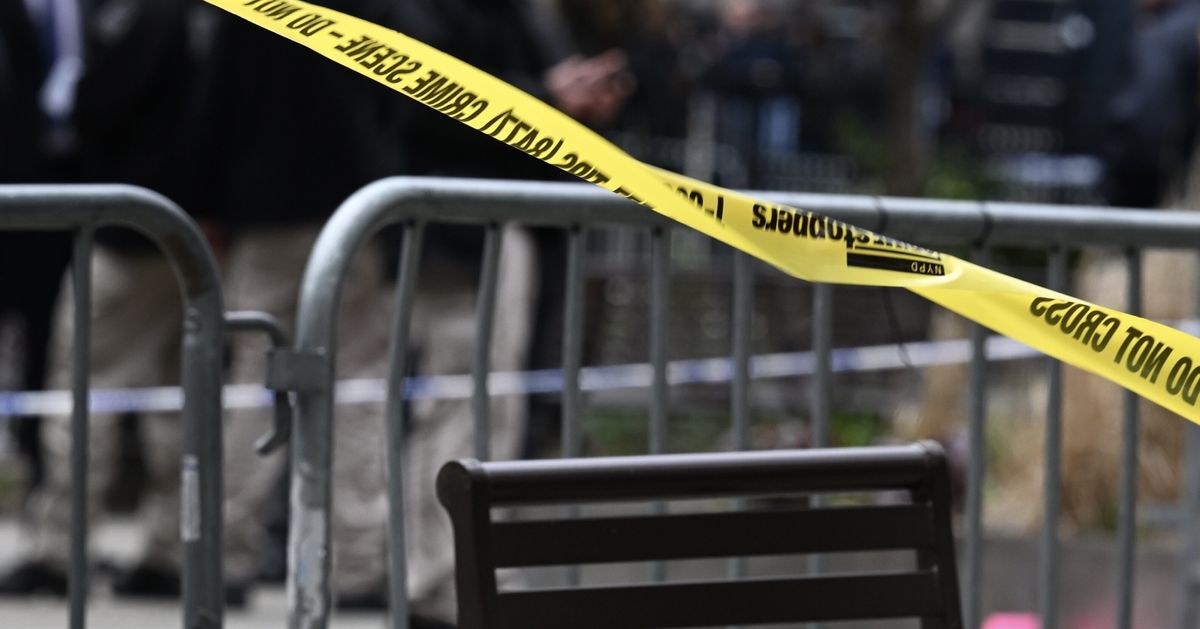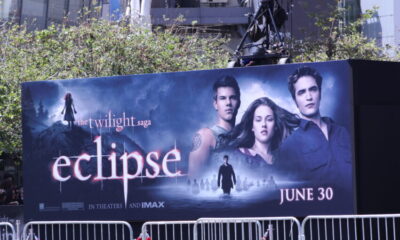World News
Self-immolation during Trump trial highlights challenge for live news broadcasts

NEW YORK (AP) — Video cameras stationed outside the Manhattan courthouse where the former president attended Donald Trump is on trial caught the gruesome scene on Friday of a man who set himself on fire and the aftermath when authorities tried to rescue him.
CNN, Fox News Channel and MSNBC were all on the air with reporters talking about a jury seat when the incident occurred, and other news agencies, including The Associated Press, were streaming live from outside the courthouse. The man, who distributed leaflets before dousing himself in an accelerant and setting himself on fire, was taken to a hospital where he later died.
The incident tested how quickly the networks could respond and how they decided what would be too disturbing for their viewers.
With commentary from Laura Coates, CNN had the most comprehensive view of the scene. Coates, who at first incorrectly said it was a shooting situation, then spoke as the man was visible on screen engulfed in flames.
“You can smell burning flesh,” said Coates, anchor and chief legal analyst for CNN, as she stood at the scene with reporter Evan Perez.
The camera switched back and forth between Coates and what was happening in the park. Five minutes after the incident began, CNN posted the message “Warning: Graphic Content.”
Coates later said that she “couldn’t exaggerate the emotional response of watching a human being go up in flames and seeing his body being lifted into a stretcher.” She described it as an “emotional and incredibly disturbing moment here.”
Fox cameras briefly captured the scene as reporter Eric Shawn spoke, then the network switched to a courtroom sketch of Trump on trial.
“We deeply apologize for what happened,” Shawn said.
On MSNBC, reporter Yasmin Vossoughian narrated the scene. The network showed smoke in the park, but no photo showing the body.
“I could see the outline of his body in the flames,” Vossoughian said, “which was so terrifying to see. When he went to the ground, his knees hit the ground first.
The AP had a camera with an unnarrated live recording stationed outside the courthouse, shown on YouTube and APNews.com. The cameras caught an extended scene of the man setting himself on fire and later writhing on the ground before a police officer tried to douse the flames with a jacket.
The AP later removed his live feed from its YouTube channel and replaced it with a new one due to the graphic nature of the content.
The news agency distributed carefully edited clips to its video clients, which did not include, for example, the moment the man set himself on fire, according to executive producer Tom Williams.
Julien Gorbach, an associate professor of journalism at the University of Hawaii at Manoa, said news organizations didn’t really face a dilemma about whether to show the footage because the public had little to gain from seeing footage of a man calling himself sets on fire. .
The episode highlights how quickly information spreads and the importance of critical thinking, Gorbach said.
“It exceeds our ability to a) get the facts straight, and b) do the kind of methodical, critical thinking that we need to do so that we understand the truth of what this incident was actually about,” Gorbach said.
The location of the incident may have led some to believe that the self-immolation was related to the trial.
Gorbach, who was listening to MSNBC on satellite radio when it happened, said the reporting he heard was cautious about questioning whether there was any connection to the trial. It also raised the possibility that the man may have wanted to gain media attention.
News organizations can’t suppress the news so the public isn’t confused, he said. The news would get out anyway if non-journalists posted their accounts online.
“So it’s really a test for us as an audience,” he said.
Associated Press writer Audrey McAvoy in Honolulu contributed to this report.













